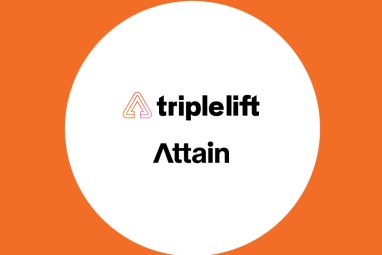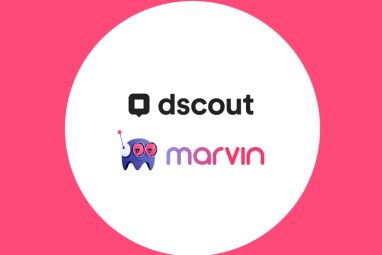Every Second Off eCommerce Page Load Time Provides Conversion Lift
Yottaa published the Site Speed Standard, a new online benchmark that measures the experience and conversion impact of site speed on eCommerce sites, drawing on the shopping activity of more than 25 billion page views across 200 leading retailers. The Site Speed Standard is the industry’s first interactive database for data directly related to the […]
Topics
What to Read Next
- TripleLift Announces Partnership with Attain to Unify Context and Commerce
- Seedtag Partners with IRIS.TV to Expand Contextual Signals for CTV Targeting
- Magnite, Cognitiv Announce Deep Learning Integration for Real-Time Curation
- Dscout Announces Integration with HeyMarvin
- Comscore Launches Program-Level Capabilities within CCM

Yottaa published the Site Speed Standard, a new online benchmark that measures the experience and conversion impact of site speed on eCommerce sites, drawing on the shopping activity of more than 25 billion page views across 200 leading retailers.
The Site Speed Standard is the industry’s first interactive database for data directly related to the impact of page load speed on eCommerce sites. Based on data from over 200 retail brands using the Yottaa digital experience optimisation platform and more than 25 billion page views, the Site Speed Standard is the voice of authority for site performance benchmark data. While previous eCommerce site speed research focused on large brands, such as Amazon and Walmart, the Site Speed Standard is the first benchmark portal that collects and analyzes data from over 200 eCommerce sites representing a wide range of retail brands and sizes. Key findings from the initial launch of the Site Speed Standard benchmark include:
Also Read: Is MENA Ready for 5G and Mobile Advertising?
- What’s a Second Worth? The benchmark data from Site Speed Standard showed that every second shaved off page load time provides a 5.7 per cent conversion lift on mobile and 3.3 per cent on desktop, while also reducing bounce rates by 12.2 per cent overall.
- Brands Must Beat 4 Seconds: Ecommerce sessions that beat 4 seconds capture 59 per cent of conversions, while sessions that trail 4 seconds lead to 58 per cent of bounces.
- The Buyer Journey is Heavily Concentrated on Two Page Types: Together, product detail pages and category pages account for more than two-thirds of all page views. These page types represent ‘cart-or-not moments’, as shoppers are most intimately connected to a product on these pages just prior to completing a purchase.
- Optimisation Cuts 15 Seconds off the Buyer Journey: On average, the typical buyer journey takes 70.2 seconds. eCommerce sites that optimise page load times are 21 per cent faster than non-optimised sites and cut 15 critical seconds off the shopper journey leading to higher conversions.
- Heavy Pages vs. Light Pages: Resource-rich sites take the longest to load. However, when optimised, these heavyweight sites actually load faster than unoptimised lightweight sites. The combination of rich 3rd party features and fast site speed result in optimised heavy pages providing better shopper experiences and higher conversions than unoptimised light pages.
“The real impact of site speed on online brands has for too long been overlooked and under-appreciated,” said Rick Kenney, Managing Director of Leading Lights, a leading eCommerce consulting company that builds industry benchmarks, including the Site Speed Standard. “The Site Speed Standard has taken site speed and performance out of the shadows, analysing 25 billion pages views of shopping activity across a diverse group of 200 leading online retailers and brands. Data from the Site Speed Standard makes the impact of performance on eCommerce very clear: slow site speed is a conversion and experience killer, and faster sites provide a tremendous competitive edge by reducing bounce rates and increasing the engagement with the shopper to improve conversion.”









































































































